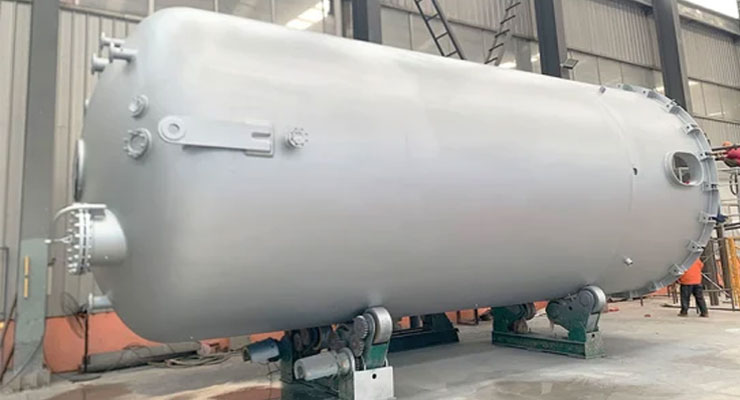Aspal Engineering is a trusted Storage Tank Manufacturer in India, specializing in the design, fabrication, and supply of high-quality storage tanks for diverse industries. With years of expertise, advanced technology, and IS-certified standards, we deliver durable and cost-effective solutions for safe storage of chemicals, water, oils, gases, and other industrial fluids.

The tank material must be compatible with the chemicals being stored to prevent reactions that could compromise the tank's integrity.
Tanks are available in various sizes, from small portable containers to large stationary tanks, depending on storage requirements.
Tanks can be cylindrical, rectangular, or custom-shaped.
Vertical tanks are common for space-saving, while horizontal tanks are used where height restrictions apply.
Include venting systems, pressure relief valves, and secondary containment systems to prevent leaks and spills.
Double-walled tanks provide an additional layer of protection against leaks.
Some chemicals require temperature regulation to maintain stability, necessitating insulated or heated tanks.
Tanks must meet industry standards and regulations, such as those set by the Environmental Protection Agency (EPA), Occupational Safety and Health Administration (OSHA), and other local authorities.
Conduct routine inspections to detect any signs of wear, corrosion, or damage.
Clearly label tanks with the contents and associated hazards to ensure safe handling.
Have an emergency response plan in place to deal with spills or leaks promptly and effectively.
Train personnel on proper handling, storage, and emergency procedures related to the chemicals and storage tanks.
Ensure proper ventilation and monitoring systems are in place to detect and manage any leaks or emissions.
Aspal Engineering combines cutting-edge fabrication techniques with strict quality control. From reactors to custom fabrication works, we have earned a reputation for reliability and performance in the industrial sector.
Looking for a reliable Storage Tank Manufacturer in India? Aspal Engineering delivers custom-made tanks for every industry with unmatched quality and service.
📞 Contact us today to discuss your requirements and get a free consultation on the best tank solution for your business.